Claudiopolis: Legendary History Weaved Into Nature of Mut
 Not only is “Mut” the first syllable of "Happy" in Turkish but it is also the name of a historic town nestled in the foothills of the Taurus Mountains. This part of southwest Turkey has been settled for many thousands of years. Hittites, Cilicians, Greeks, Romans, Byzantines and Ottomans came, saw, conquered and stayed to enjoy Mut's refreshing climate and delightful scenery. Please allow the post to be loaded for there are many HD wallpaper images [click to enlarge].
Not only is “Mut” the first syllable of "Happy" in Turkish but it is also the name of a historic town nestled in the foothills of the Taurus Mountains. This part of southwest Turkey has been settled for many thousands of years. Hittites, Cilicians, Greeks, Romans, Byzantines and Ottomans came, saw, conquered and stayed to enjoy Mut's refreshing climate and delightful scenery. Please allow the post to be loaded for there are many HD wallpaper images [click to enlarge]. Mut (Claudiopolis)
The history of Mut which carries all the tracks of Anatolian and Mediterranean civilizations dating to the years of 2000 BC. Mut, which was in the hands of Selefkos in 300 BC, the name of ‘Mut’ was originated from the King’s name who governed here, which was captured by the Romans after the year 60 BC. Then, Mut, according to the documents in hand, has been found as a colony in 41 BC by one of the kings of the Romans, ‘Oudiopolis’, Mut has been annexed to the Ottoman Empire by Fatih Sultan Mehmet in 1466 AD. Mut became a township in 1868 and the municipality was founded in Mut in 1869.






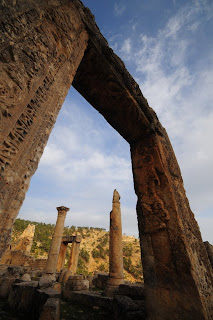
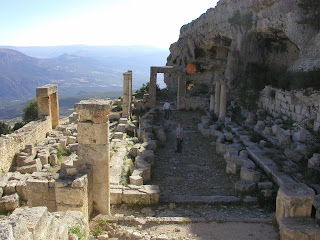








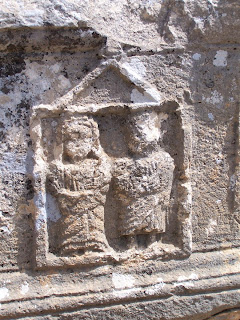







Mut Today
Mut and its surrounding district is situated in the province of Mersin. It is a rough land; the Taurus Mountains boast lofty peaks 10,000 feet high or more, and the area around Mut is home to the rare and endangered Anatolian Leopard. It is this isolation that has allowed the preservation of the old ways of doing things. Contemporary Mut demonstrates its strong connections to the past and its friendly people still hand down the old traditions from one generation to another.




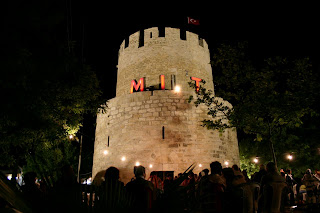







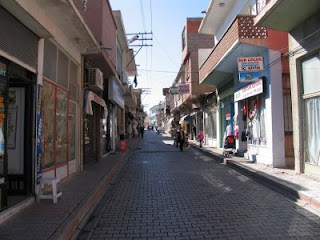





Kozlar Plateau
This high plateau is favored by Mut locals who come here to stay during summer. The plateau is 1300 meters above sea level and attracts people for its natural beauties, clean weather, and cold spring water.















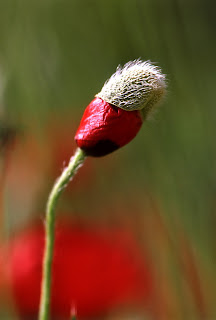

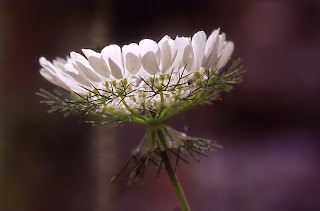














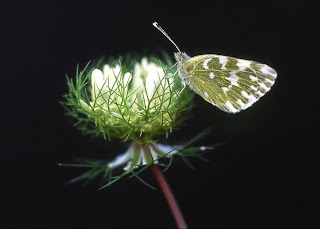


Yerkopru
It is a natural ground bridge over the Ermenek River and is about 35 km away from Mut. It flows into the Goksu River and joins it near the Village of Sucati. The river flows into a deep calley and passes through a tunnel which is about 250 meters long. If you go to Yerkopru you can see this wonderful natural miracled with its waterfall and spend an unusual day.







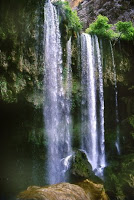


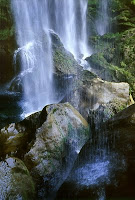




Kirkpinar
This village provides water for drinking and plants to villages surrounding it. Its name "Forty Springs" comes from the abundance of offspring water to be found in the region. Kirkpinar isn't known much but is a very pleasurable tourist destination.

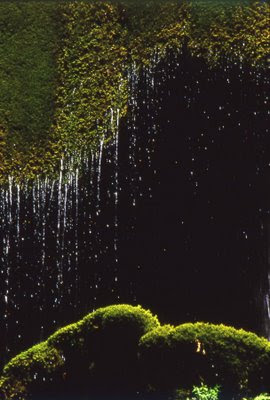


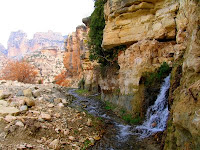
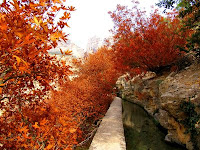
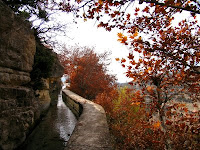
Dere Canyon
Located near the village of Mut, this canyon can be observed from the stairs on a rock. Even though there is not much information about this canyon, you can still see a few bridges around the village left from the Ottoman dynasty.












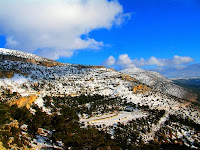


Kestel Canyon
The Kestel Canyon is five kilometers long and its wild goats flock within. It is worth seeing with its awesome view from the steep rocks.




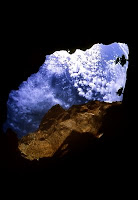




Apadnos Monastery (Alahan)
It is on the road of Mut-Karaman, about 20 km away from Mut and 3 km far from the main road. It was built on a rocky side of the Toros Mountains. The monastery contains the church first, church second, church third, famous portik and surroundings for monks. Its altitude is approximately 1200 meters. The monastery complex is thought to have been built in AD 440-442. It is deemed as highly important due to its historical and institutional value. Also the building shows typical architecture of the fifth century.






Corapissus Church (Dag Pazari)
It is 35 kilometers to the north of Mut. Its ancient name is Corapissis and the ancient road highlights the importance of it’s historical environment. It shows a compromise between the barrel-vaulted churches of mesopotamia and the Isaurian basilica with central tower as found at Meryemlik and Alahan.


Mavga Castle
The Castle of Mavga is about 16 kilometers from Mut, near the plateau of Kozlar which is a resort site for tourists. The castle was built carving in the steep rocks of the side of the mountains. The inscription of the north side of the castle has shown that the fortress has been used by the Seljuks in 1230 AD. There are stable feed racks and cisterns carved into the rocks. It has been suggested that the castle belonged to the Hitittes.


Mut Fortress
The first construction of the castle in the centre of the city has not yet been identified. The keystones of the castle demonstrate a small farrison built by rectangular flat cutting stones. The castle which was restored by the Byzantine and Karamanogullari has four towers along with a tower called the “inner fortress” inside the castle.


Laal Pasha Mosque
The mosque was constructed by Laal Pasha upon the orders of Karamanoglu Ibrahim Bey (1356-1390). The mosque is square planned and the middle dome has been constructed with the flat cutting stones. In one of the tombs there are 3 graves and in the other one are 4 graves. According to Evliya Celebi’s Travelbook, Laal Pasha was buried in one of these tombs.




Mountain Mosque
Its 2 kilometers south-west of Mut. It is claimed to belong to the Seljuks era. It was constructed with the stones which were collected in the same era.

Handcrafts
In all villages of Mut, you can see the coloured world of loom. Different kinds of weaving, sack, haircloth, player rug developed here. Especially in Haciahmetli village weaving is done traditionally through use of madder roots. Rug making is one notable craft, perfected over the centuries, that has brought the weavers of Mut recognition the world over. These rugs are "kilims", flat-woven rugs without a raised pile that often display complex patterns and magnificent colors.

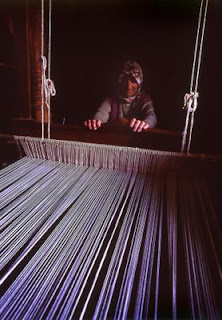

Mutlu Kilim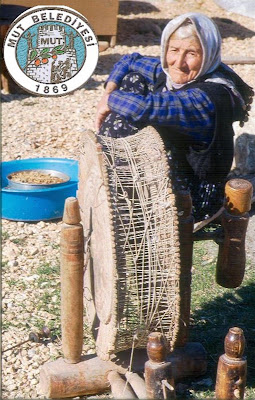
It is thanks to the efforts of the Public Training Center (PTC) in Mut that many of these charming patterns and distinctive weaving techniques have not only been re discovered, but taught to a new generation of self-sufficient weavers.
In the words of a Mutlu Kilim spokesperson, "Our purpose is to keep the regional kilim models, colors and handcrafts of Mut alive. Before starting this business we searched the region for authentic models of kilims which reflect our old traditions." The search was a difficult one - kilim rugs do not have a pile to protect their structure and it is rare to find a used kilim rug more than a couple hundred years old. Finally however, after visiting outlying farmsteads little changed from the pre-industrial age, enough original patterns were found to jump start kilim production on an organized basis.
Mutlu Kilim knows that the best kilim rugs are crafted in the weavers' comforting home environment. Most kilim weavers contributing their wares to Mutlu Kilim are housewives whom, by working in a supportive network of weavers, can help their families economically and expose their skills to future generations. Happy crafts-people leading productive lives creating a world-famous product - handmade rugs - that's the name of the game at Mutlu Kilim.
How appropriate, then, that Mutlu Kilim weaves happy rugs in traditional ways in a town as old as the hills!


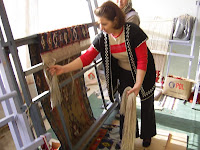
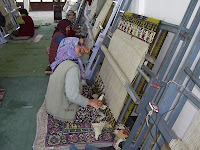

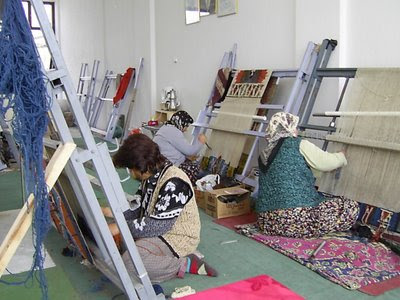
























Mut Today
Mut and its surrounding district is situated in the province of Mersin. It is a rough land; the Taurus Mountains boast lofty peaks 10,000 feet high or more, and the area around Mut is home to the rare and endangered Anatolian Leopard. It is this isolation that has allowed the preservation of the old ways of doing things. Contemporary Mut demonstrates its strong connections to the past and its friendly people still hand down the old traditions from one generation to another.













Kozlar Plateau
This high plateau is favored by Mut locals who come here to stay during summer. The plateau is 1300 meters above sea level and attracts people for its natural beauties, clean weather, and cold spring water.

































Yerkopru
It is a natural ground bridge over the Ermenek River and is about 35 km away from Mut. It flows into the Goksu River and joins it near the Village of Sucati. The river flows into a deep calley and passes through a tunnel which is about 250 meters long. If you go to Yerkopru you can see this wonderful natural miracled with its waterfall and spend an unusual day.












Kirkpinar
This village provides water for drinking and plants to villages surrounding it. Its name "Forty Springs" comes from the abundance of offspring water to be found in the region. Kirkpinar isn't known much but is a very pleasurable tourist destination.







Dere Canyon
Located near the village of Mut, this canyon can be observed from the stairs on a rock. Even though there is not much information about this canyon, you can still see a few bridges around the village left from the Ottoman dynasty.















Kestel Canyon
The Kestel Canyon is five kilometers long and its wild goats flock within. It is worth seeing with its awesome view from the steep rocks.









Apadnos Monastery (Alahan)
It is on the road of Mut-Karaman, about 20 km away from Mut and 3 km far from the main road. It was built on a rocky side of the Toros Mountains. The monastery contains the church first, church second, church third, famous portik and surroundings for monks. Its altitude is approximately 1200 meters. The monastery complex is thought to have been built in AD 440-442. It is deemed as highly important due to its historical and institutional value. Also the building shows typical architecture of the fifth century.






Corapissus Church (Dag Pazari)
It is 35 kilometers to the north of Mut. Its ancient name is Corapissis and the ancient road highlights the importance of it’s historical environment. It shows a compromise between the barrel-vaulted churches of mesopotamia and the Isaurian basilica with central tower as found at Meryemlik and Alahan.

Mavga Castle
The Castle of Mavga is about 16 kilometers from Mut, near the plateau of Kozlar which is a resort site for tourists. The castle was built carving in the steep rocks of the side of the mountains. The inscription of the north side of the castle has shown that the fortress has been used by the Seljuks in 1230 AD. There are stable feed racks and cisterns carved into the rocks. It has been suggested that the castle belonged to the Hitittes.


Mut Fortress
The first construction of the castle in the centre of the city has not yet been identified. The keystones of the castle demonstrate a small farrison built by rectangular flat cutting stones. The castle which was restored by the Byzantine and Karamanogullari has four towers along with a tower called the “inner fortress” inside the castle.


Laal Pasha Mosque
The mosque was constructed by Laal Pasha upon the orders of Karamanoglu Ibrahim Bey (1356-1390). The mosque is square planned and the middle dome has been constructed with the flat cutting stones. In one of the tombs there are 3 graves and in the other one are 4 graves. According to Evliya Celebi’s Travelbook, Laal Pasha was buried in one of these tombs.




Mountain Mosque
Its 2 kilometers south-west of Mut. It is claimed to belong to the Seljuks era. It was constructed with the stones which were collected in the same era.
Handcrafts
In all villages of Mut, you can see the coloured world of loom. Different kinds of weaving, sack, haircloth, player rug developed here. Especially in Haciahmetli village weaving is done traditionally through use of madder roots. Rug making is one notable craft, perfected over the centuries, that has brought the weavers of Mut recognition the world over. These rugs are "kilims", flat-woven rugs without a raised pile that often display complex patterns and magnificent colors.



Mutlu Kilim

It is thanks to the efforts of the Public Training Center (PTC) in Mut that many of these charming patterns and distinctive weaving techniques have not only been re discovered, but taught to a new generation of self-sufficient weavers.
In the words of a Mutlu Kilim spokesperson, "Our purpose is to keep the regional kilim models, colors and handcrafts of Mut alive. Before starting this business we searched the region for authentic models of kilims which reflect our old traditions." The search was a difficult one - kilim rugs do not have a pile to protect their structure and it is rare to find a used kilim rug more than a couple hundred years old. Finally however, after visiting outlying farmsteads little changed from the pre-industrial age, enough original patterns were found to jump start kilim production on an organized basis.
Mutlu Kilim knows that the best kilim rugs are crafted in the weavers' comforting home environment. Most kilim weavers contributing their wares to Mutlu Kilim are housewives whom, by working in a supportive network of weavers, can help their families economically and expose their skills to future generations. Happy crafts-people leading productive lives creating a world-famous product - handmade rugs - that's the name of the game at Mutlu Kilim.
How appropriate, then, that Mutlu Kilim weaves happy rugs in traditional ways in a town as old as the hills!

